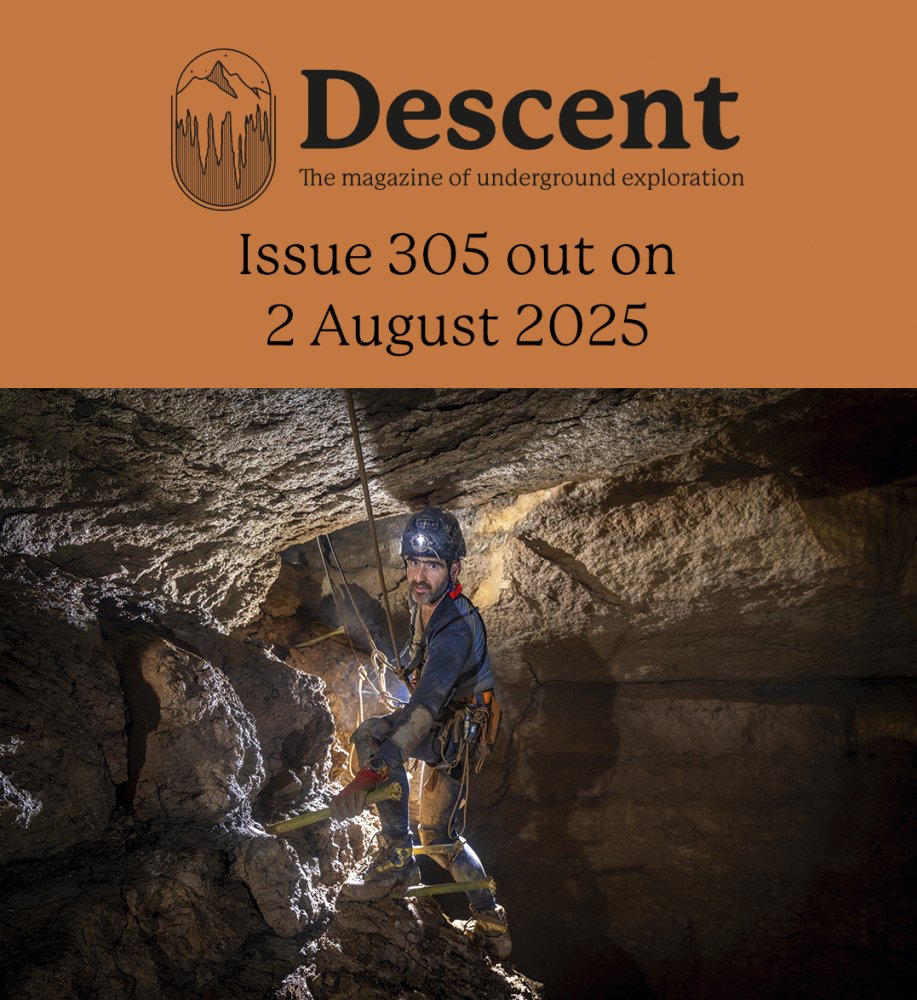Pitlamp
Well-known member
Here's one to exercise the old grey matter. There are various cave or place names which include the word "Wife". The four obvious ones which spring to mind are:
* Braithwaite Wife Hole
* Tatham Wife Hole
* Grey Wife Sike (and subsequently Grey Wife Hole)
* Batty Wife Cave
They're all on or very close to Ingleborough and three are Chapel-le-Dale related. Does anyone know the significance of the word "Wife" in this context? I consulted David Johnson's excellent "Ingleborough" book but it doesn't address this. So I emailed David and he explained that the reason it's not covered in the book is because he has no idea of the answer. If he's not aware then I suspect the information will not be easy to come by. I also consulted Stephen Oldfield's book; he mentiones the possibility of these being places where various wives got bumped off long ago but I suspect the comment was somewhat tongue in cheek.
So come on fellow forum members; can anyone solve this riddle?
* Braithwaite Wife Hole
* Tatham Wife Hole
* Grey Wife Sike (and subsequently Grey Wife Hole)
* Batty Wife Cave
They're all on or very close to Ingleborough and three are Chapel-le-Dale related. Does anyone know the significance of the word "Wife" in this context? I consulted David Johnson's excellent "Ingleborough" book but it doesn't address this. So I emailed David and he explained that the reason it's not covered in the book is because he has no idea of the answer. If he's not aware then I suspect the information will not be easy to come by. I also consulted Stephen Oldfield's book; he mentiones the possibility of these being places where various wives got bumped off long ago but I suspect the comment was somewhat tongue in cheek.
So come on fellow forum members; can anyone solve this riddle?





